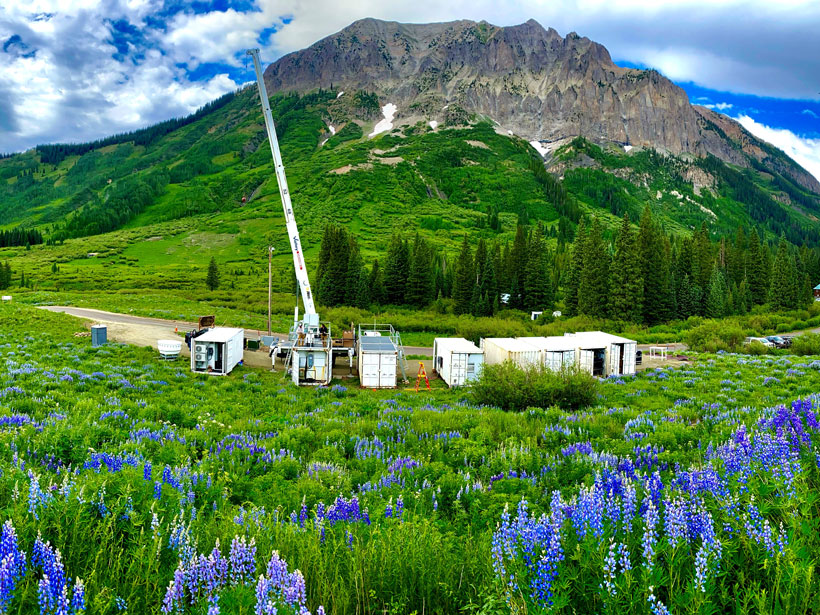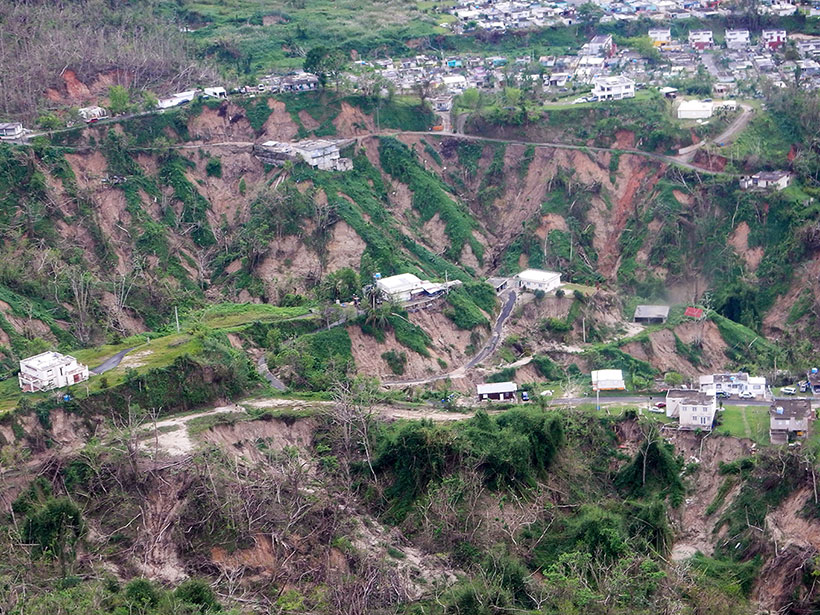The geologic record suggests that despite Earth’s hot, thin crust during the Proterozoic, mountains were still able to form thanks to an extinct style of crustal deformation.
mountains
Pyrenees Glaciers Are Rapidly Disappearing
Three of the remaining glaciers in the Pyrenees mountain range stopped flowing in the past decade.
Collaboration in the Rockies Aims to Model Mountain Watersheds Worldwide
As Earth’s climate changes at an unprecedented rate, the Surface Atmosphere Integrated Field Laboratory is studying precipitation on an unprecedented scale.
Kristel Chanard: Trekking and Tracking Mountains
Researcher has the “coolest job” studying solid Earth and climate.
Raising Central American Orography Improves Climate Simulation
Elevation of Central American orography significantly reduces the pervasive tropical rainfall bias by blocking the easterlies and consequently warming the northeastern tropical Pacific.
Past Climate Change Affected Mountain Building in the Andes
Increased glaciation in the North Patagonian Andes may have influenced tectonic dynamics over the past 7 million years, suggesting a connection between climate change and mountain-building processes.
El Monte Everest a veces puede sentirse más bajo que el K2
Las variaciones de la presión atmosférica en la cima del Everest afectan a la disponibilidad de oxígeno, modificando la percepción de la elevación de la cumbre unos cientos de metros.
Parsing Routes to Aquifer Recharge Along Mountain Fronts
Research from the Tucson Basin indicates that tracers can be used to distinguish surface and subsurface recharge, providing crucial data to support sustainable water management in arid environments.
Mount Everest Can Sometimes Feel Lower Than K2
Variations in air pressure on the top of Mount Everest affect oxygen availability, changing the perceived elevation of the summit by hundreds of meters.
A Slippery Slope: Could Climate Change Lead to More Landslides?
Scientists investigate whether warming temperatures and changing rainfall patterns could be triggering more landslides in mountainous areas.










